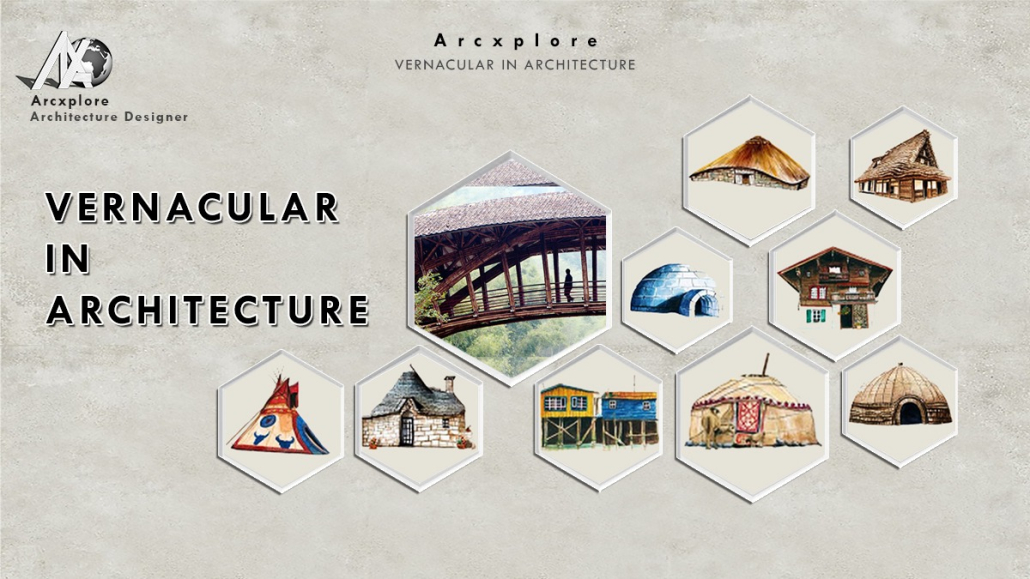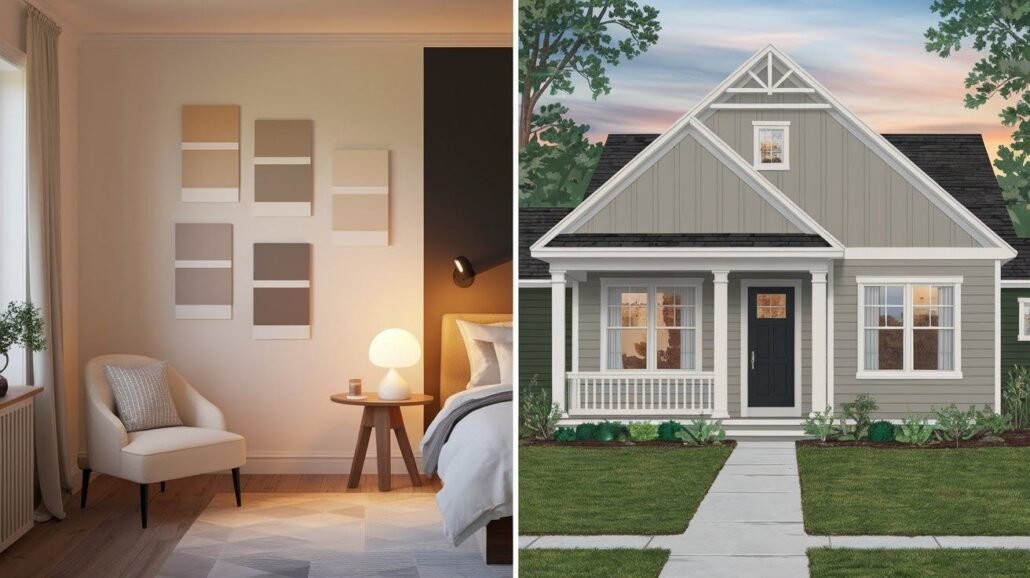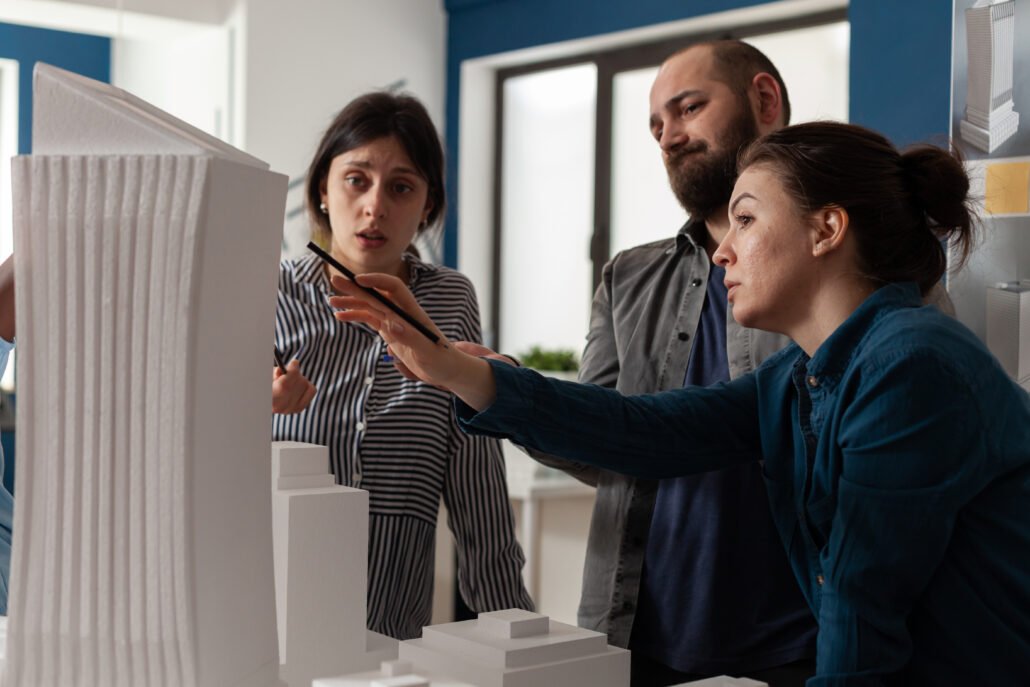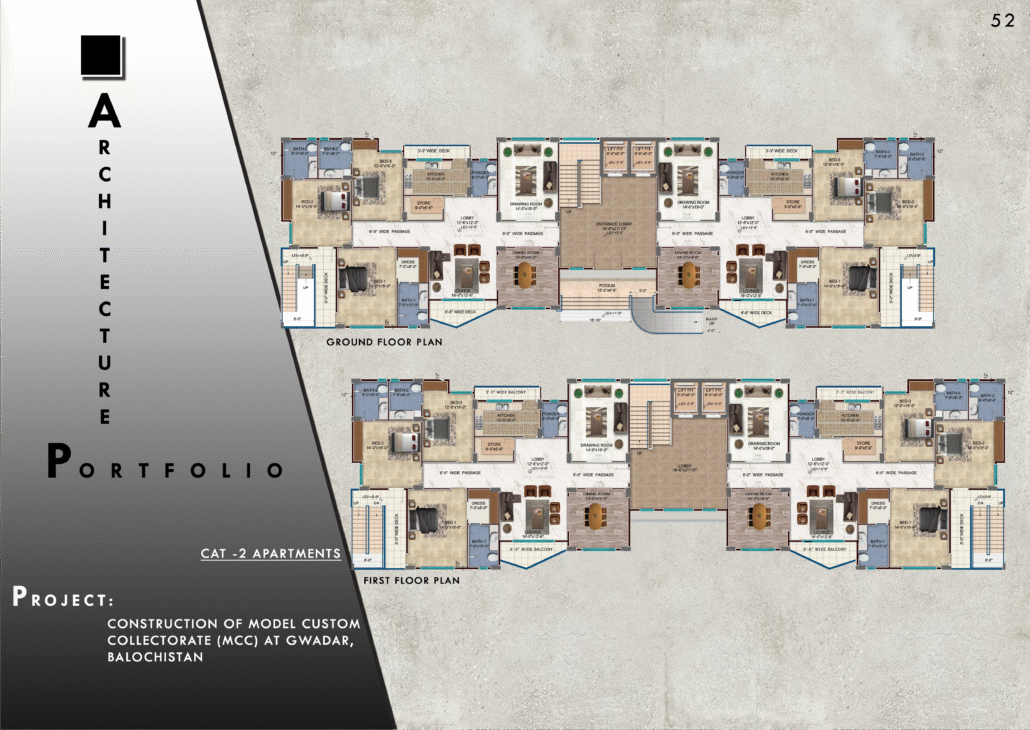Construction Materials
Vernacular in architecture
The Vernacular in Architecture the current house design promotes construction materials that are low-cost, easy to install, and highly repeatable.
We must consider historic, cultural, and environmental contexts in order to live comfortably and sustainably.
Sustainable Construction with Nonconventional Materials
Sustainable design practices use environmentally friendly materials, reduce waste, and meet the long-term demands of a growing population.
Building with non-traditional materials is a smart method to achieve such requirements. Wood, metal/steel, and concrete, which is now widely utilized in construction, are examples of materials that can be employed.
Nontraditional materials have evolved by adaptation of local resources, long-standing cultural practices, and indigenous knowledge, such as the ones shown below. They usually offer the benefits of being environmentally friendly and plentiful locally.
List of Non-Traditional Building
Vernacular in architecture
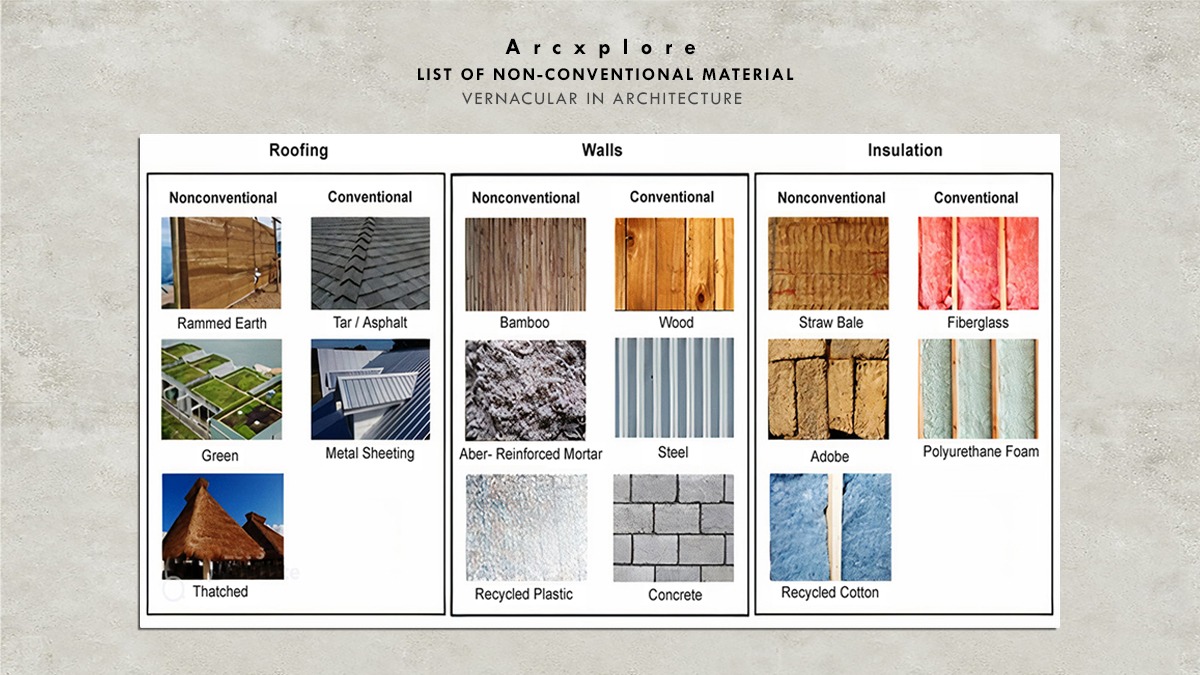
Rammed earth is a construction method that uses natural raw materials such as earth, chalk, lime, or gravel to build foundations, floors, and walls.
Ramming a mixture of selected aggregates, such as gravel, sand, silt, and a trace of clay, into place between flat panels called formwork creates rammed earth walls. The mining and transportation of the raw material to the construction site use the majority of the energy utilized in rammed earth construction.

Straw-bale construction is a type of construction that uses straw bales (typically wheat, rice, rye, and oat straw) as structural elements, insulation, or both. This construction method is widely used in natural building or “brown” construction projects.
Introduction
Bamboo has been in wide usage since ancient times as a low cost material for Houses Bridge etc. Recently, it has begun to appear as a flooring, walling, and paneling material in designer residences. Is viewed as a material preferred only by the poor for temporary Constructions
Due to limited durability, a lack of structural design data, and exclusion from building rules, it is unpopular in traditional construction.
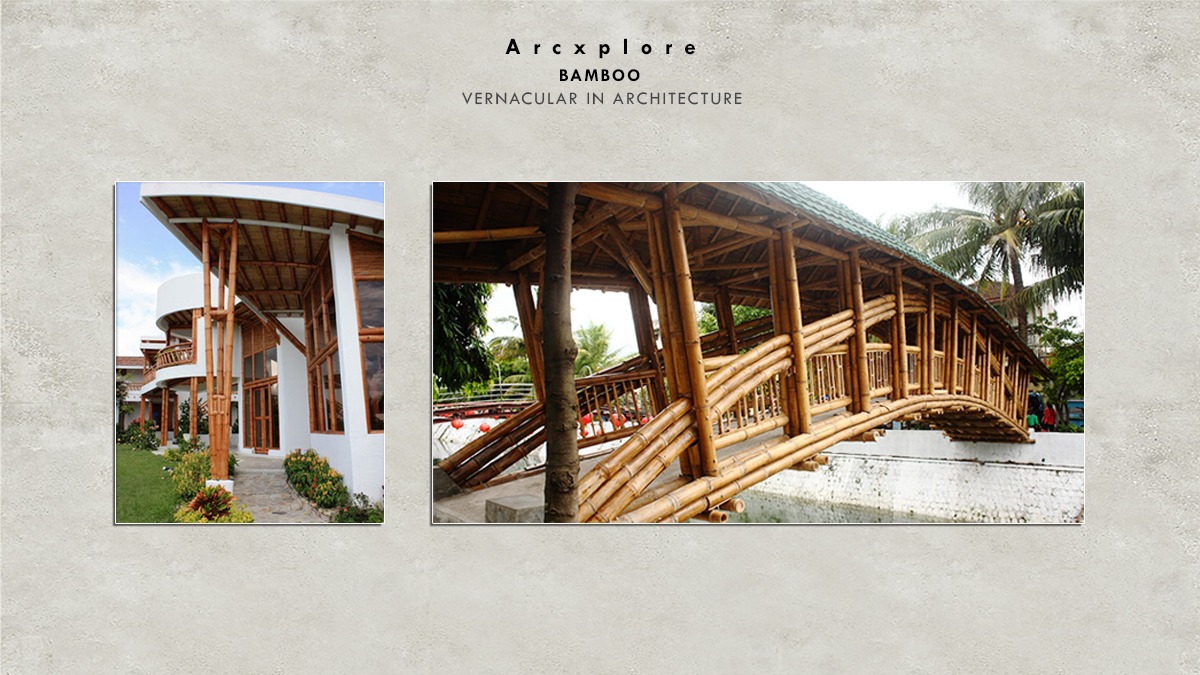
Facts about bamboo
Bamboo, contrary to popular belief, is a perennial grass, not a tree.
Although there are 1450 species found in various climates around the world, not all of them are ideal for construction.
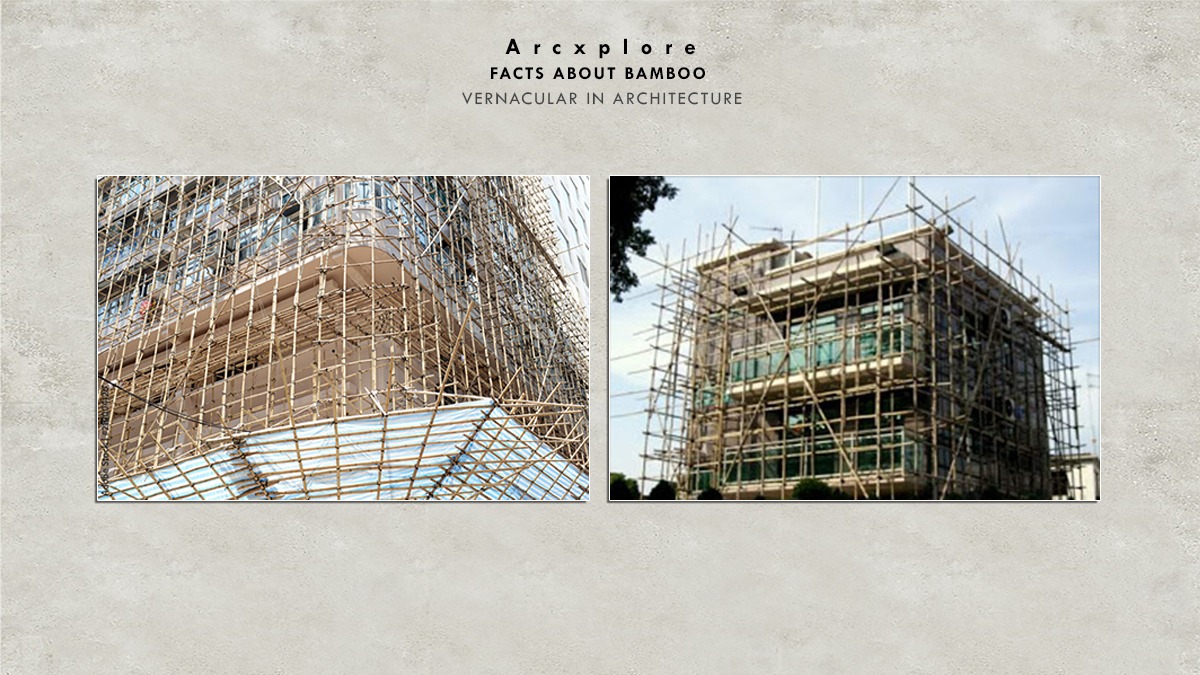
One of the fastest growing plants on earth, its growth rate ranges from 30 cm to 1 m in 24 hours.
The node, where branching occurs, is the strongest section of a bamboo stem.
Bamboo has also long been used as scaffolding, the practices has been banned in china for building over 6 storeys but is still in continuous use for skyscrapers in Hong Kong.
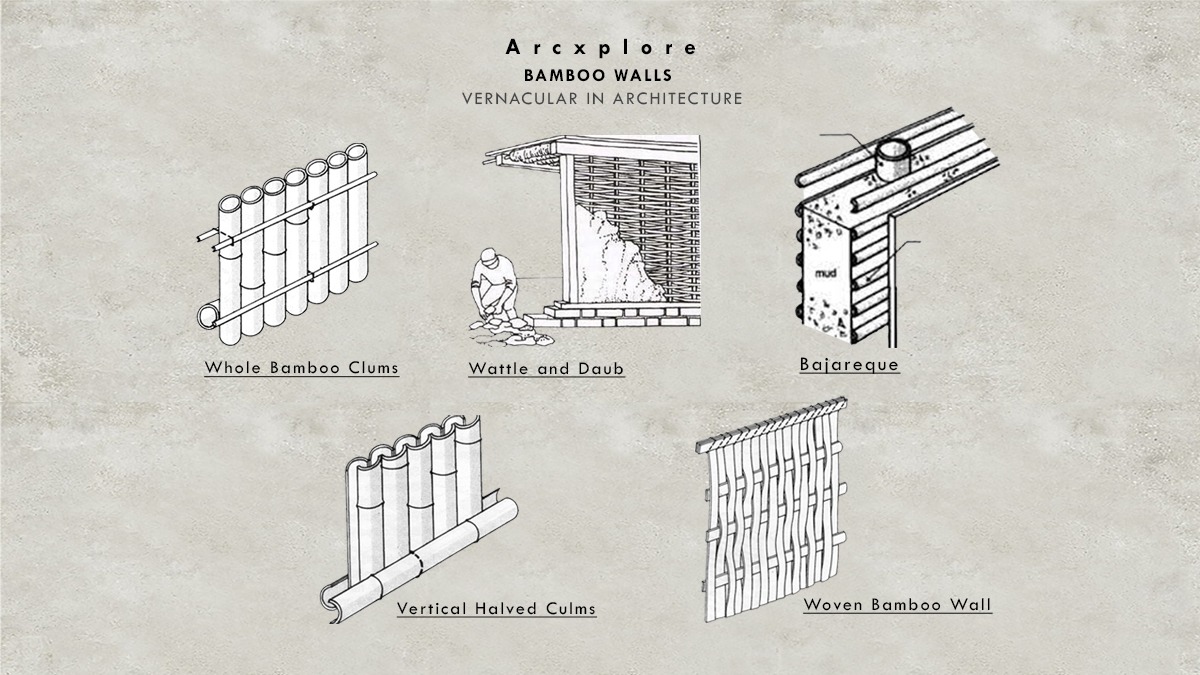
Advantages
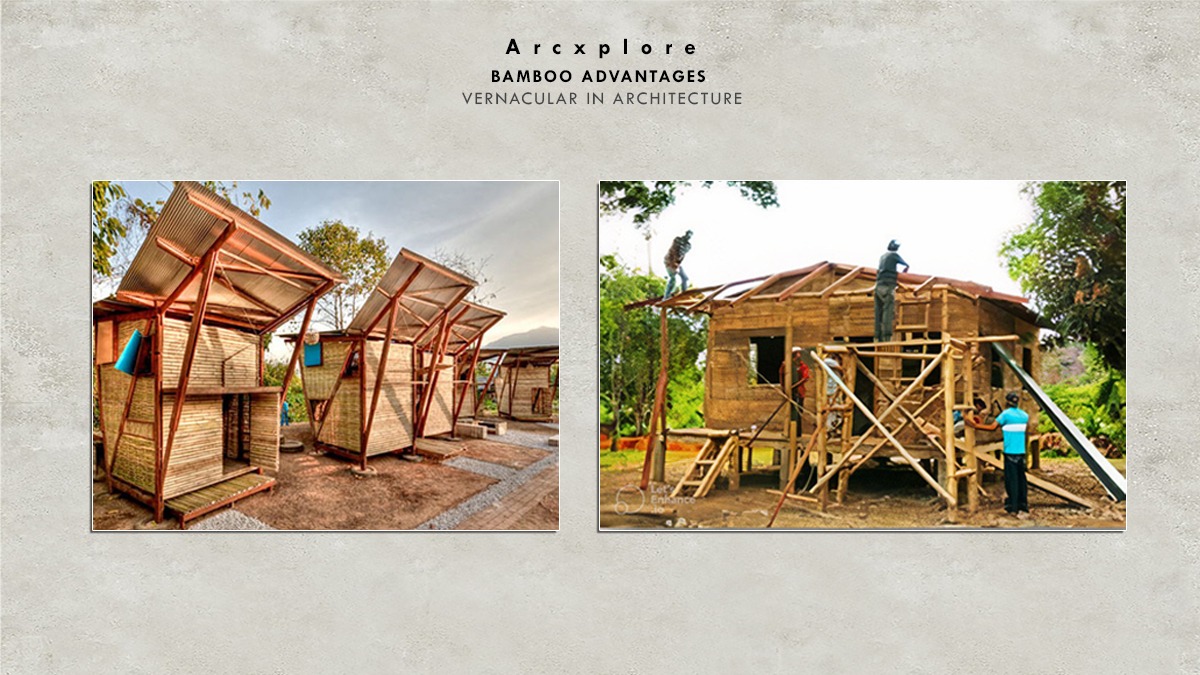
Lightweight
vernacular in architecture
Bamboo is extremely lightweight. As a result, constructing with bamboo takes less time and requires fewer tools than building with other materials. Cranes and other large gear are only used on rare occasions.
Cost-Effective
Economical, especially is areas where it is cultivated and is readily available. Transporting cost is also much lesser.
Durability
When properly collected and maintained, it can endure as long as its wooden counterparts.
Strength
Bamboo is a very strong natural fibre, comparable to ordinary hardwoods when properly processed and maintained.
Flexibility
Bamboo is highly flexible. It can be coaxed to grow in unusual shapes during its development It can be bent and used in archways and other curving locations after harvesting.
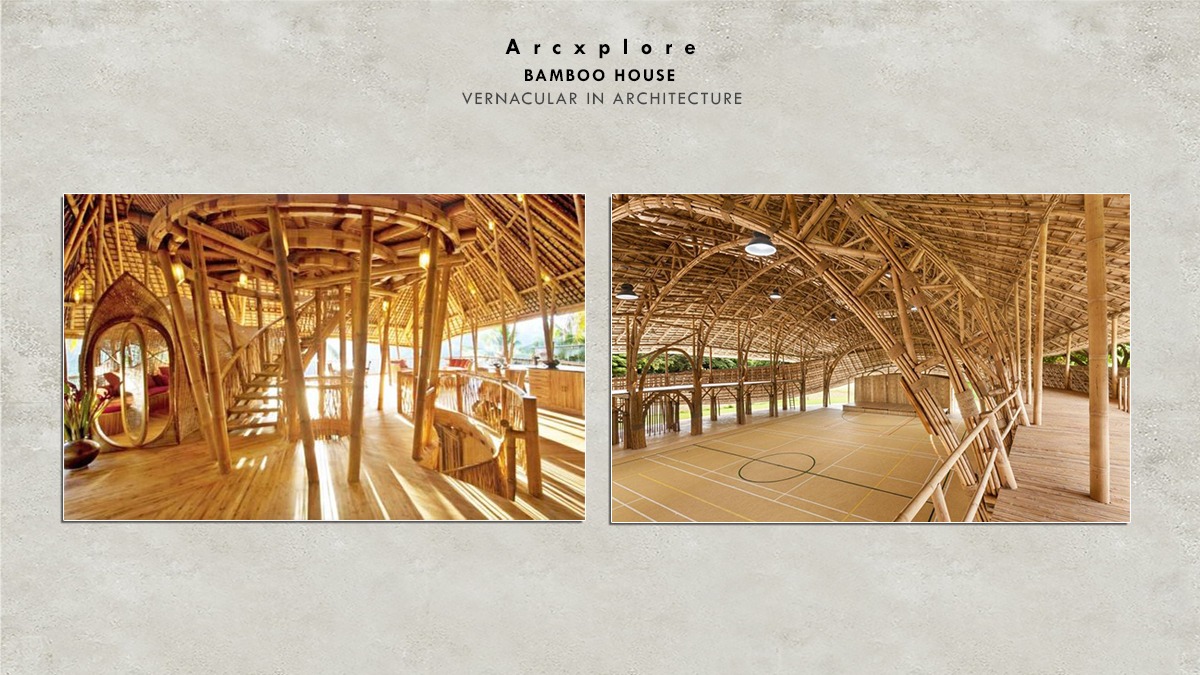
Earthquake- Resistance
It can be bent and used in archways and other curving locations after harvesting.
